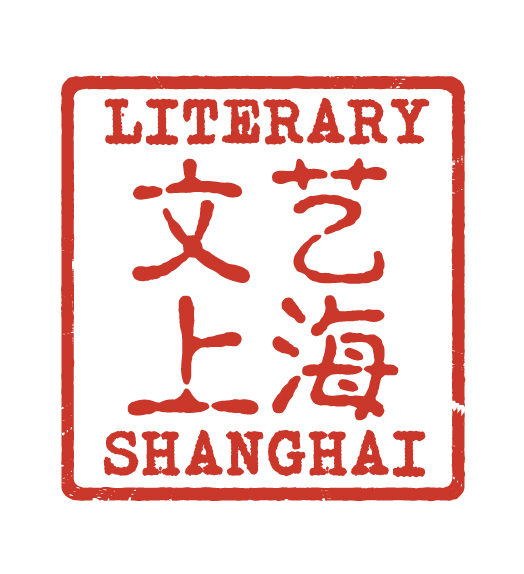Publisher: STAJER GRAF, Zagreb, Hrvatska (Croatia)
Editors: Emiko Miyashita, Geethanjali Rajan, Marina Bellini, Dejan Pavlinocić, Sanela Pliško, Tomislav Maretić.
Price: 18 € (135kn)
**
A new book of haiku, “Night Jasmine” by Goran Gatalica, is a book of concentration. Not only because haiku is the art of close attention, but clearly, tremendous efforts and coordination have gone into creating this beautiful book.
A dark-red, transparent semi-circle over the Jasmine blooms is striking on the cover. The bilingual title, printed vertically in a calligraphy font, is the swing of the double swords. The book consists of one hundred fourteen haiku written originally in Croatian are translated into six other languages; the informative prose sections are in Croatian and English.
The haiku appear in the four-season chapters with the symbolic section titles – Passing cloud, Searing Heat, Wind Chimes, and Scent of Snow – respectively. Artistic calligraphy accompanies each subtitle. Each haiku in seven languages occupies a page. (The introduction named Croatia, USA, France, Italy, Czech Republic, India, and Japan.)
Those who understand two or more languages appreciate the challenge of haiku translation: “A thorny path,” once a veteran translator characterized the process. Considering the lack of any commonality between English (or Croatian) and Japanese in vocabulary or grammatical elements, the translations in this paring require additional considerations; the satisfaction of successful outcomes, therefore, is sheer joy. In addition, disparate cultural assumptions, aesthetics, and literary traditions pose constant challenges in literary translations of any combination.
Encompassing seven languages, the voyages in seven seas are highly ambitious. However, the Japanese translations in the book are loyal to the English translation (assumed to be faithful to the original), carrying over the exact image for every haiku, and its execution is meticulous. Unfortunately, although the contributors’ biographic information is comprehensive, each translator’s individual contribution details are unavailable.
**
The book structure is necessarily complex. In a way, this complexity and multi-layer construction of the book resemble Goran Gatalica’s haiku. The most prominent characteristic of Gatalica’s haiku style is its preciseness and intensity created by complex layering. His juxtapositions of objects are often sharp and highly strategic, and the message of his verse transcends clearly and powerfully.
Let’s begin with the title poem:
night jasmine —
her bloomed soul brings water
to a refugee
This haiku is a superb example of layering. The juxtaposition of night jasmine, fragrant and mysterious, and a refugee, the hard reality, is striking; I see a woman (or flower – interchangeable in this magical atmosphere) admired by the narrator; she/it is beautiful in her existence, and appearance. The night jasmine offers fragrance, too. The verse represents the act of quiet yet deep empathy.
This technique stands out in many of Gatalica’s haiku. As a result, a reader may need not consult the author’s name before they can spot Gatalica’s haiku. A haiku published in the latest issue of Frogpond (Volume 45:3, Autumn 2022, Haiku Society of America) is a prime example: it contains solid images that manage to express a political comment contrasted by helpless ordinary citizens who nevertheless remain hopeful.
Gatalica’s skillful preciseness is also effective in suggesting something more subtle.
evening coldness. . .
mother puts one of the pills
between her teeth
The moment this verse captures is priceless. “One of the pills” slows one’s reading, and “between her teeth” makes a reader experience a tablet’s hardness and the capsule’s softness. “Evening coldness” and “teeth” send shivers down the spine.
autumn chill —
the barber lathers soap
into a silver dish
Again, “chill” and a “silver” dish are a perfect coupling. The barber’s hand movement is like a scene in a film. Gatalica is a winter’s poet – like Buson was. The objective way Gatalica’s lens comes close and focuses on a subject reminds the reader of Buson’s technique, like lighting /one candle with another/ spring evening or The camellia —/it falls into the darkness/of the old well. There is no ambiguity in the atmosphere of these poems. If Goran was a free verse poet, he might write like Robert Lowell. His accuracy is graceful.
City cannon —
mother’s hyacinths tremble
in the flowerpots
This haiku of sophistication creates a barrier in the air around the hyacinths: it is not the flowerpots that tremble but the plant itself. What an exciting distinction! The delimited space depicts the absence of the mother.
Alone at the beach
the pinot noir from Chile
full of starlight
Chilean wine began appearing worldwide as a substitute for French wine. The details evoke the beautiful coast of Croatia, a personal moment, and the expanse of the thought travels.
summer lightning
our cat jumps
from the bookshelf
The use of “our” makes the poem alive. The bookshelf defines the internal space, and “our” cat gives the multiple observers of the cat: A couple at the table; lightning lit their faces as they both watch the jump, then they look at each other—such a translucent moment.
There are many approaches to writing good haiku. In one collection of one poet, Goran Gatalica’s Night Jasmine, we note various ways the poet’s attention to detail captures the poet’s laser-sharp observation.
Lastly,
spring sunshine
my wife is singing
in a light blue bathrobe
This poem is delightful: Light blue is the perfect color to share a happy, ordinary moment. A passing moment in the privacy of one’s home skillfully organized transcends a ubiquitous image of happiness to many of us who live in distant places, in different languages. It proves how powerful and universal a small poem can be. We should celebrate a highly successful book of haiku by this talented poet.
